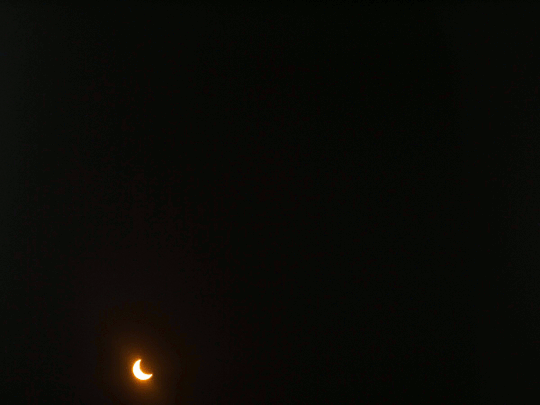Photo
This is literally my favorite thing. I am not entirely sure what it is, but it’s some kind of chemical something and I believe it’s the thing behind happiness, chemically
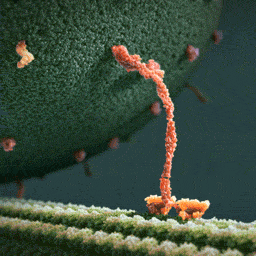
1K notes
·
View notes
Quote
The reading of all good books is like a conversation with the finest minds of past centuries.
Rene Descartes (via berghahnbooks)
5K notes
·
View notes
Photo
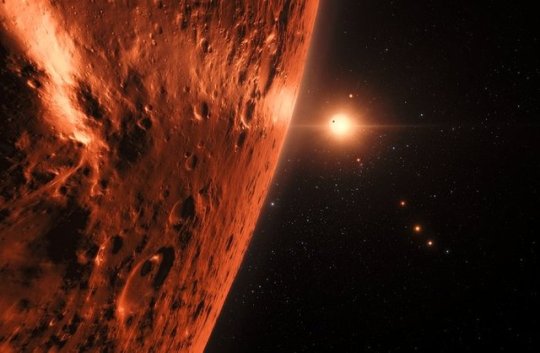
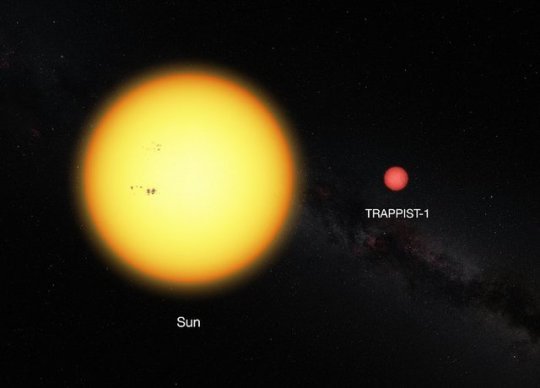
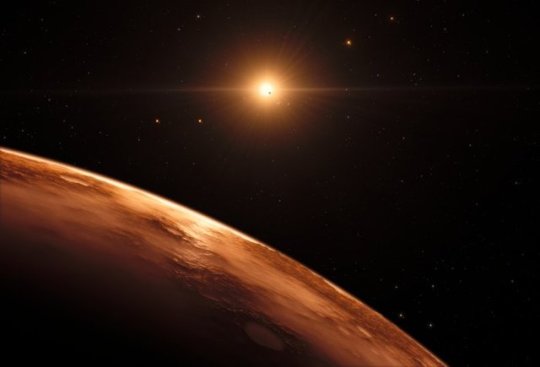
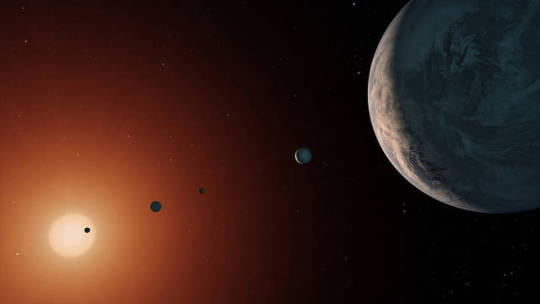
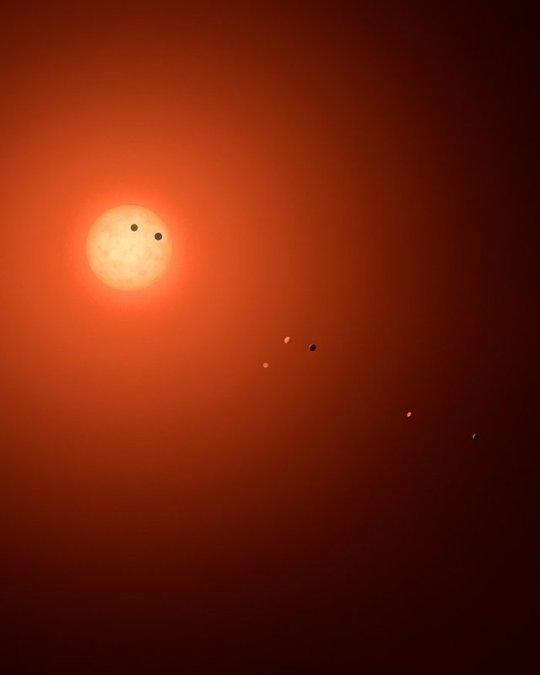

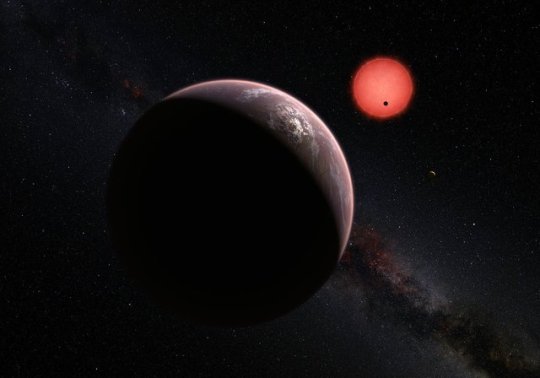
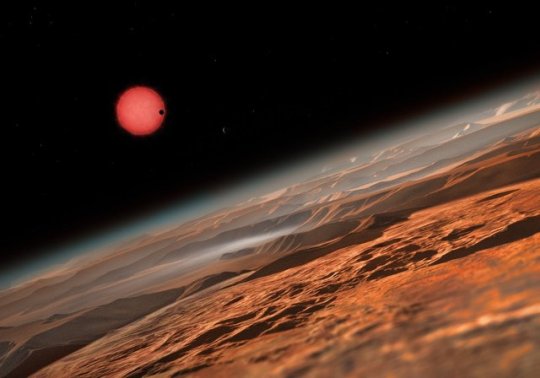
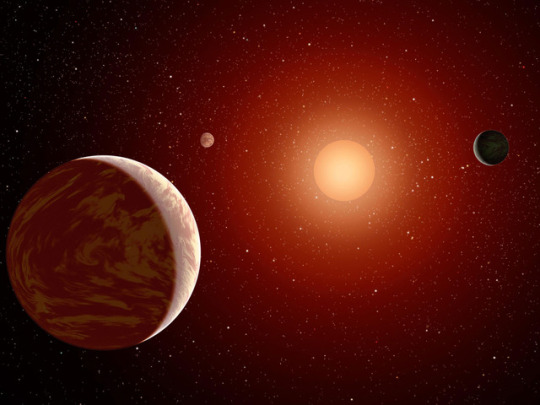
Hubble delivers first hints of possible water content of TRAPPIST-1 planets
On 22 February 2017 astronomers announced the discovery of seven Earth-sized planets orbiting the ultracool dwarf star TRAPPIST-1, 40 light-years away. This makes TRAPPIST-1 the planetary system with the largest number of Earth-sized planets discovered so far.
Following up on the discovery, an international team of scientists led by the Swiss astronomer Vincent Bourrier from the Observatoire de l’Université de Genève, used the Space Telescope Imaging Spectrograph (STIS) on the NASA/ESA Hubble Space Telescope to study the amount of ultraviolet radiation received by the individual planets of the system. “Ultraviolet radiation is an important factor in the atmospheric evolution of planets,” explains Bourrier. “As in our own atmosphere, where ultraviolet sunlight breaks molecules apart, ultraviolet starlight can break water vapour in the atmospheres of exoplanets into hydrogen and oxygen.”
While lower-energy ultraviolet radiation breaks up water molecules — a process called photodissociation — ultraviolet rays with more energy (XUV radiation) and X-rays heat the upper atmosphere of a planet, which allows the products of photodissociation, hydrogen and oxygen, to escape.
As it is very light, hydrogen gas can escape the exoplanets’ atmospheres and be detected around the exoplanets with Hubble, acting as a possible indicator of atmospheric water vapour. The observed amount of ultraviolet radiation emitted by TRAPPIST-1 indeed suggests that the planets could have lost gigantic amounts of water over the course of their history.
This is especially true for the innermost two planets of the system, TRAPPIST-1b and TRAPPIST-1c, which receive the largest amount of ultraviolet energy. “Our results indicate that atmospheric escape may play an important role in the evolution of these planets,” summarises Julien de Wit, from MIT, USA, co-author of the study.
The inner planets could have lost more than 20 Earth-oceans-worth of water during the last eight billion years. However, the outer planets of the system — including the planets e, f and g which are in the habitable zone — should have lost much less water, suggesting that they could have retained some on their surfaces. The calculated water loss rates as well as geophysical water release rates also favour the idea that the outermost, more massive planets retain their water. However, with the currently available data and telescopes no final conclusion can be drawn on the water content of the planets orbiting TRAPPIST-1.
“While our results suggest that the outer planets are the best candidates to search for water with the upcoming James Webb Space Telescope, they also highlight the need for theoretical studies and complementary observations at all wavelengths to determine the nature of the TRAPPIST-1 planets and their potential habitability,” concludes Bourrier.
To see the animation of the seven planets of the trappist-1 system, click here!
Source: spacetelescope.org & Image credit: eso.org
909 notes
·
View notes
Video
vimeo
First and foremost. PLEASE watch this in 4K with a good sound system that has a good low end bass unit or with a nice set of headphones. You will have a much more impactful viewing experience.
The 2017 total solar eclipse was definitely one of the coolest natural phenomenons I’ve ever witnessed. The photos and video I captured today truly can do it no justice. The visuals of totality are of course impressive and awe inspiring but what I found the most interesting was absorbing the atmosphere around me when it happened. It got dark enough to see the stars. There was 360 degree sunset color in the clouds around me. The wind stopped and it got very cold. All wildlife seemed to become quite and still. An eery silence overtook the world around me. It was a total otherworldly experience. You must go see one for yourself. So long as I live I’ll never forget today. RED Epic W, 8K FF, 800 Iso, 600mm @f8, 180 degree shutter angle
Footage available for license exclusively though Nimia.com
157 notes
·
View notes
Photo




Penrose’s journals… I’m in love.
2K notes
·
View notes
Photo

NGC 2442: Galaxy in Volans
Distorted galaxy NGC 2442 can be found in the southern constellation of the flying fish, (Piscis) Volans. Located about 50 million light-years away, the galaxy’s two spiral arms extending from a pronounced central bar have a hook-like appearance in wide-field images. But this mosaicked close-up, constructed from Hubble Space Telescope and European Southern Observatory data, follows the galaxy’s structure in amazing detail. Obscuring dust lanes, young blue star clusters and reddish star forming regions surround a core of yellowish light from an older population of stars. The sharp image data also reveal more distant background galaxies seen right through NGC 2442’s star clusters and nebulae. Credit: Processing - Robert Gendler, Roberto Colombari Data - Hubble Legacy Archive, European Southern Observatory
737 notes
·
View notes
Photo
Drove 6 hours down to Nashville to watch the eclipse. A cloud got in the way right at the totality, but looking around at the sky and the city lights coming on made the trip totally worth it.
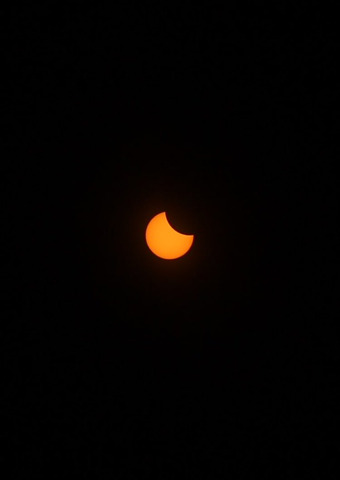
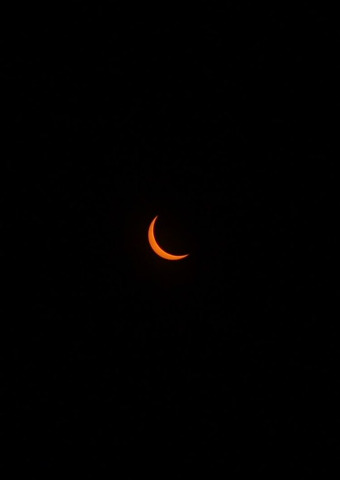
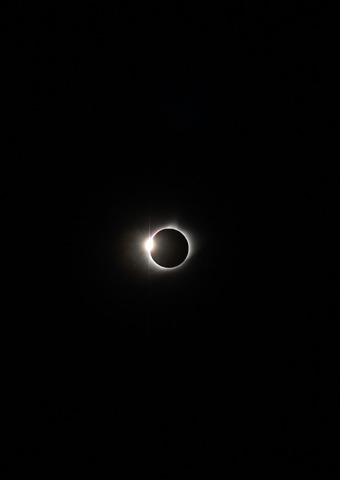
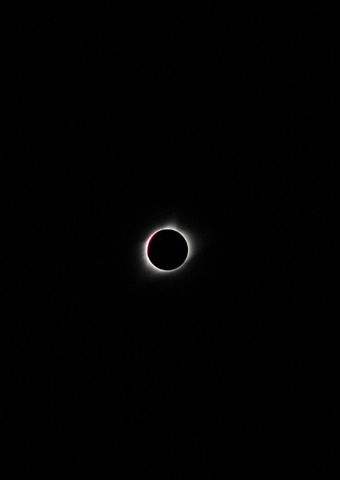
Solar Eclipse 2017
90K notes
·
View notes
Quote
…the anxiety children feel at constantly being tested, their fear of failure, punishment, and disgrace, severely reduces their ability both to perceive and to remember, and drives them away from the material being studied into strategies for fooling teachers into thinking they know what they really don’t know.
John Holt (via fuckyeahradicaled)
195 notes
·
View notes
Quote
Everyday you are growing more and more into the person you are meant to be, expanding infinitely to fill the life vessel that is your unique being. So if right now your overall sense of self is one of uncertainty, ambiguity, and vague confliction, worry not, for you are only just beginning to meet yourself.
d.c. (via a-pen-and-some-words)
2K notes
·
View notes
Photo

😐 [@official-sciencesideoftumbler]
1K notes
·
View notes
Quote
People who read are people who dream.
Pablo Picasso (via wordsnquotes)
2K notes
·
View notes


